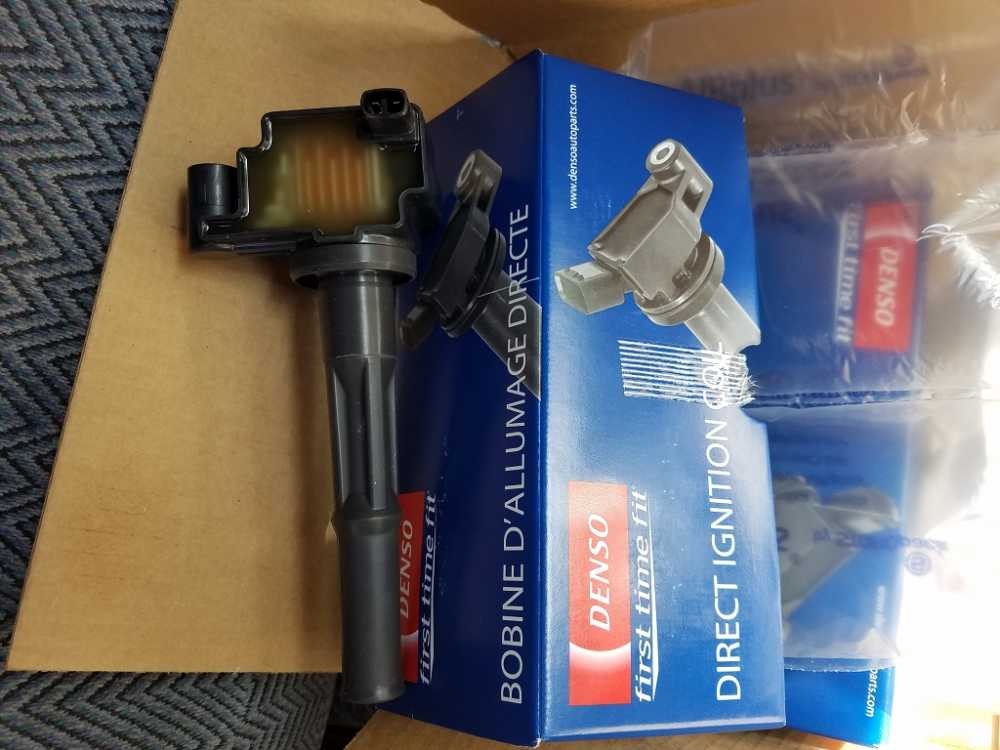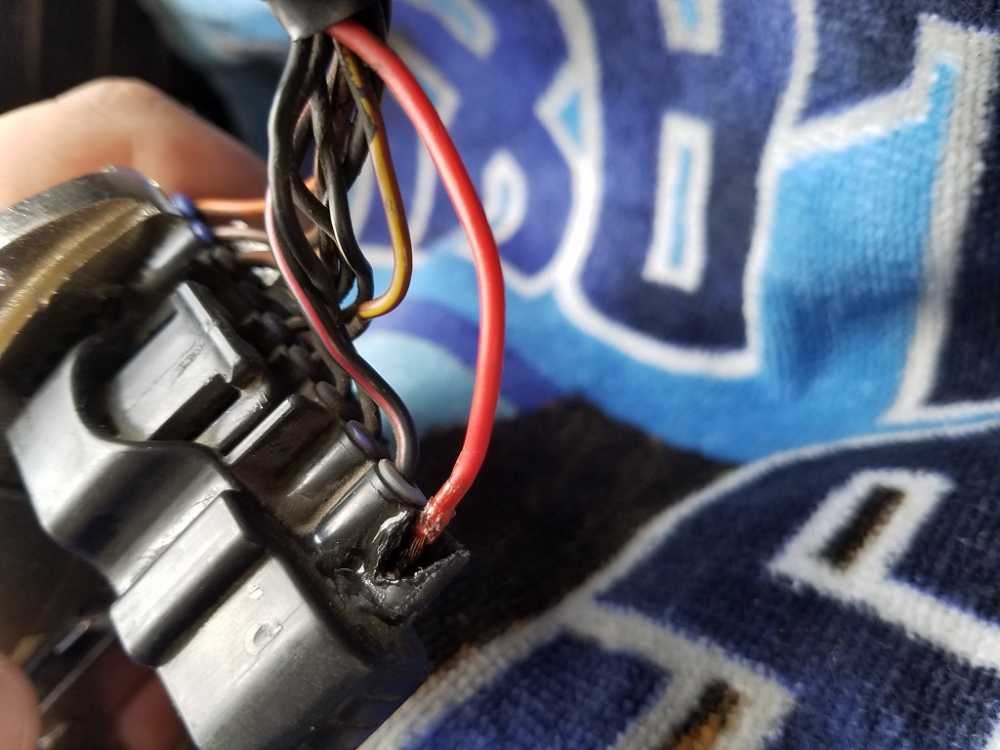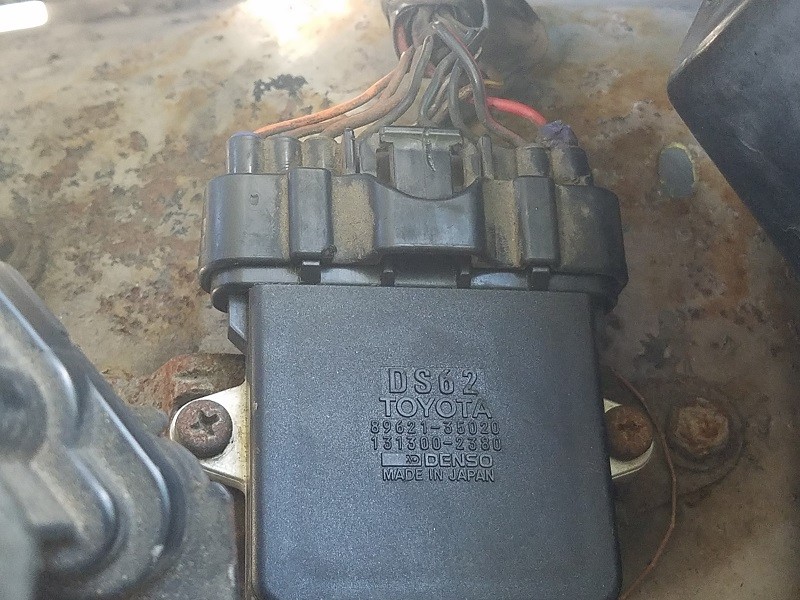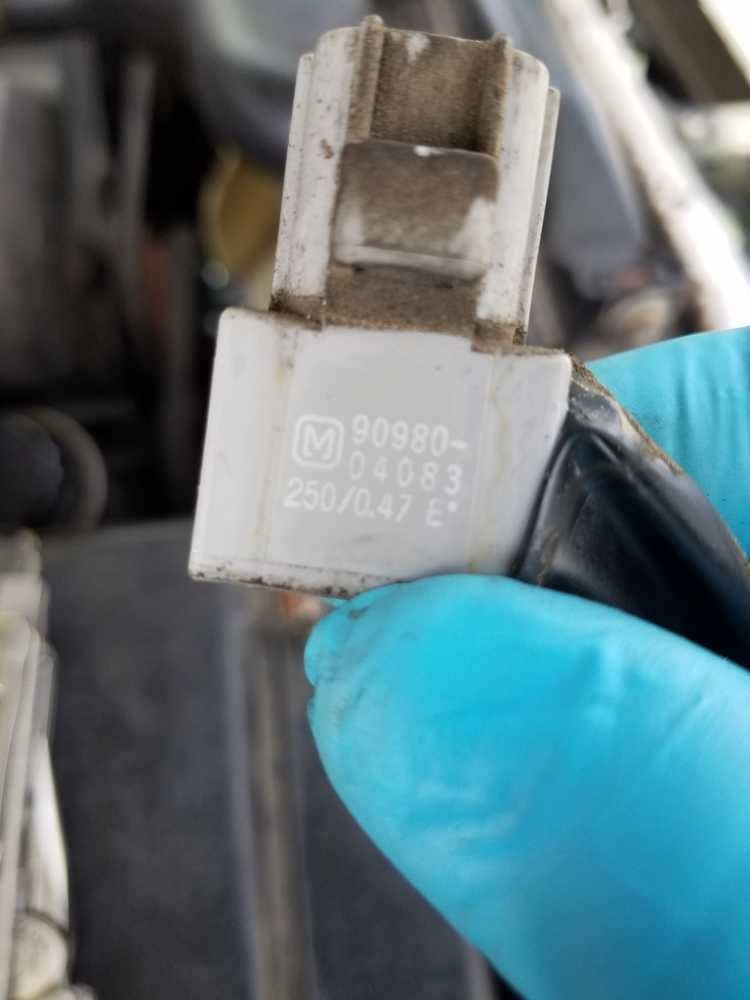Hello everyone,
As a first-time poster, I’m hoping to tap into the collective expertise here to solve a persistent issue with my 1996 Toyota 4Runner. This problem has had me chasing my tail for weeks, and I’m reaching out to this community after exhausting resources elsewhere. Any insights or suggestions would be greatly appreciated.
Vehicle Background: 1996 Toyota 4Runner SR5 2WD
My vehicle is a 1996 Toyota 4Runner SR5, a two-wheel-drive model with an automatic transmission. It’s equipped with the robust 3.4L V6 engine, the 5VZ-FE model, and has approximately 155,000 miles on the clock. This engine utilizes a waste spark ignition system, featuring three ignition coil packs positioned on the passenger side cylinders. The waste sparks are directed to the driver’s side cylinders. Crucially, these coil packs are connected to an Igniter module, which communicates with the Engine Control Unit (ECU) and provides the essential Ignition Confirmation signal (IGF). This detail will become important as we delve into the problem.
Harsh Environment: Caribbean Island Driving
My 1996 4runner and I are currently located on a somewhat remote island in the Eastern Caribbean, where I’m attending graduate school. The road conditions here are less than ideal, with many unpaved dirt and gravel roads. We also endure severe weather, including hurricane-force storms, and constant exposure to high UV index and salty sea air. Adding to the vehicle’s challenges, it has been passed down through several students over the years, and some previous owners may not have been as diligent with maintenance as others.
The Problem: “Dying at Idle” and the P1300 Code
The issue began with a symptom I’ve termed “Dying at idle.” It started subtly. One day, while checking the transmission fluid level in a parking lot with the engine idling, it simply cut off. There was no sputtering or rough idling beforehand—it just stopped. The engine would crank and restart without issue, but the Check Engine Light (CEL) would illuminate. Initially, I didn’t have an OBDII scanner, so I ordered one online and continued driving.
Over time, the “dying at idle” occurrences became more frequent and disruptive. It would happen intermittently at traffic stops or while waiting in lines. Eventually, it worsened to the point where the engine would stall even when backing out of my driveway. This forced me to park the 4Runner and wait for the arrival of my OBDII scanner.
Upon receiving the scanner, I immediately checked for diagnostic trouble codes (DTCs). The scanner revealed a single code: P1300. Research indicated that for Toyota vehicles of this era, the P1300 code is defined as an “Igniter Malfunction Bank #1”. However, I wasn’t experiencing any noticeable misfires, nor was the idle particularly rougher than usual, and there were no other codes related to ignition or misfires.
Initially, the “Bank #1” designation in the P1300 code led me to suspect ignition coil #1, which serves cylinders 1 and 4. The code clearly pointed towards the igniter module as a potential culprit, a part that unfortunately carries a hefty price tag of around $400 new. Before committing to such an expensive replacement, I decided to investigate further. I compiled a list of potential components that could trigger the P1300 code:
- Igniter Module
- Ignition Coils
- Crankshaft Position Sensor
- ECU (Engine Computer)
- Spark Plugs
- Misfiring
- Shorts in the Wiring Harness
Troubleshooting Steps and Parts Replaced
To systematically diagnose the issue, I consulted the Factory Service Manual for my 1996 Toyota 4Runner. Following the recommended troubleshooting procedures, I utilized a multimeter to test several components:
- Camshaft Position Sensor: Tested and found to be within the factory specified range.
- Ignition Coils (3):
- Primary resistance: Measured and found to be within normal specifications.
- Secondary resistance: Measured and also within normal specifications.
- Wiring Harness Continuity: Checked the continuity of the wiring harness connecting the Igniter to the ECU, and also between the igniter and the coil packs. All circuits showed continuity.
- Voltage at Igniter: Verified proper voltage supply to the igniter module.
- Voltage at ECU IGF Pin: Confirmed proper voltage at the Ignition Confirmation Signal (IGF) pin on the ECU.
Before the onset of this problem, I had already ordered some maintenance parts. Hoping they might indirectly address the issue, I proceeded to install them:
- 6 New OEM Spark Plugs
- A Set of New NGK Low Resistance Ignition Wires
Despite these new components, the problem persisted. A suggestion arose to replace the ignition coils, even though their resistance readings were within factory specifications. Acting on this advice, I invested in three new Denso ignition coils, a significant expense, and installed them. While the engine did run smoothly when it was running, the stalling issue and P1300 code remained.
 DensoCoil1024x768.jpg
DensoCoil1024x768.jpg
During my inspection, I noticed a wire on the igniter connector that looked slightly different and felt a bit loose. Upon closer examination, I discovered a splice point within the wiring harness near this connector. To ensure a solid connection, I soldered the wire directly to the igniter connector pin and resoldered the splice connections, verifying low resistance in the repaired wiring.
 20160820_1104111024x768.jpg
20160820_1104111024x768.jpg
Still searching for a solution, I managed to find a used igniter module on eBay at a reasonable price and replaced my original unit with it. Unfortunately, this replacement made no difference whatsoever.
 New_Igniter_800x600.jpg
New_Igniter_800x600.jpg
The 1996 4Runner continues to start easily and runs smoothly for a short period, typically 10 to 15 seconds, sometimes up to 30 seconds. Then, it abruptly dies and immediately throws the P1300 code, regardless of how many times I clear the code. According to the Factory Service Manual, the P1300 code is triggered when the ECU fails to receive the ignition confirmation signal (IGF) after a predetermined number of engine cycles. When this signal is absent, the ECU cuts off the fuel supply, causing the engine to stall. The FSM directs me to check the IGT signal originating from the ECU while cranking the engine, a test I haven’t yet performed due to needing assistance to crank the engine and read the multimeter simultaneously.
The Condenser: A Potential Noise Filter?
In a recent development, I stumbled upon a component I hadn’t noticed before. Taped out of sight to the air intake tube, I discovered a part Toyota refers to as a “condenser.” It appears to be a capacitor of some sort, supposedly functioning as a noise filter. While I’m uncertain if this is related to my current problem, I tested it with my multimeter and found infinite resistance, suggesting it might be faulty. Intriguingly, this part is relatively inexpensive, and I have ordered a replacement that is currently in transit.
 20160904_112845768x1024.jpg
20160904_112845768x1024.jpg
I am open to any suggestions or guidance the community might offer. Thank you in advance for your time and expertise.
Thanks,
-Z